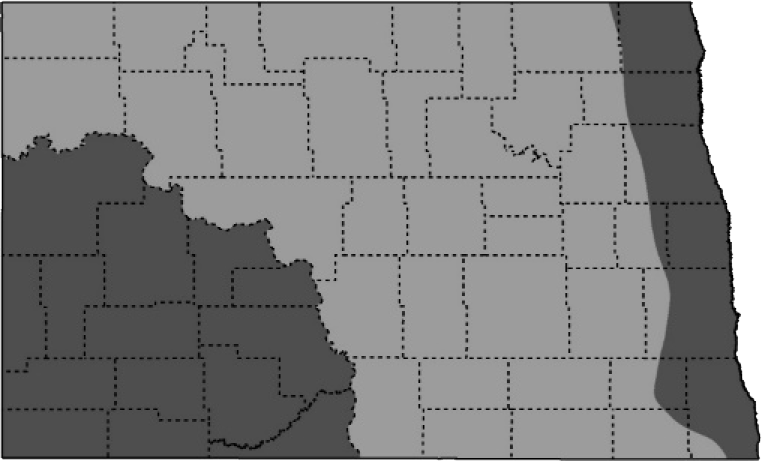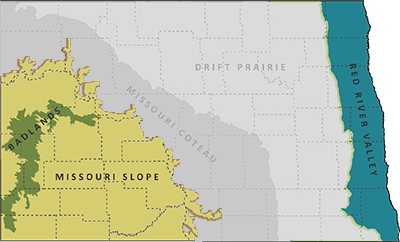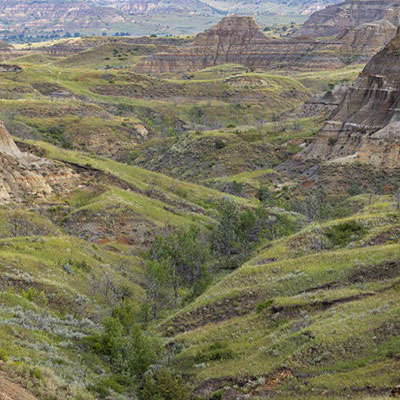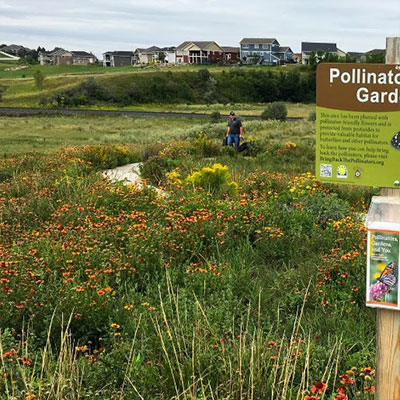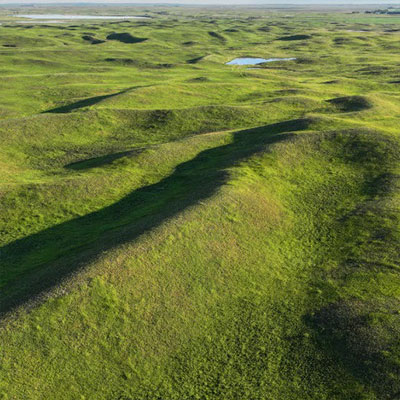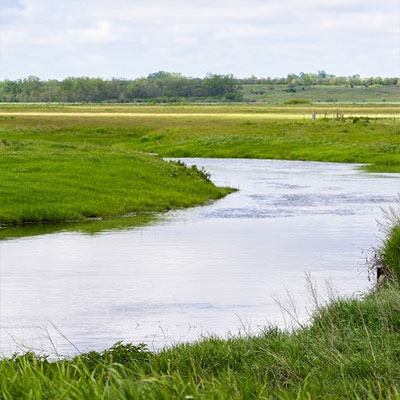American Kestrel
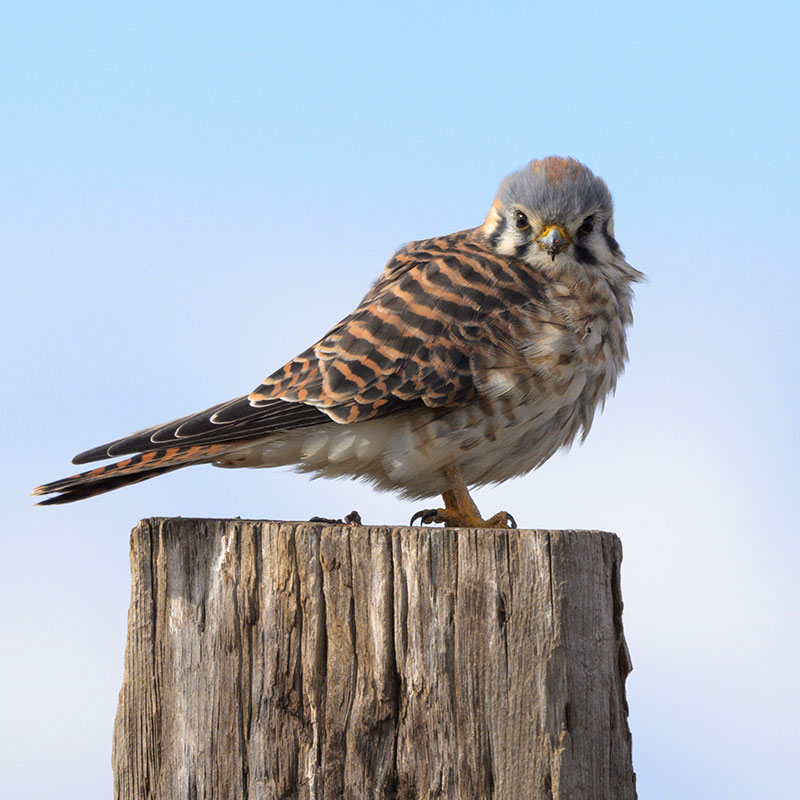
Photo Credit
NDGF
SGCN
Nongame
Common Name
American Kestrel
Scientific Name
Falco sparverius
Taxon
Birds
Subtaxon or Group
Landbird
Description
L 9”, WS 22”, 4.1 oz. Small falcon, males have blue-gray wings, rust-colored back and tail, and double black stripes on face. Females are heavily barred.
Status in North Dakota
Occurs in North Dakota primarily from mid-March to October. Rare in other months. Peak breeding season mid-April to June.
Reason for SWAP Designation
At-risk based on expert review and recent regional assessments (SGCN c.).
ND ranks 18th out of 44 states for highest percent of the global population during the breeding season (eBird).
The American Kestrel is declining, and the population decreased 48% since 1970.
Threats
- Loss of grassland.
- Removal of trees with nest cavities. Kestrels are secondary cavity nesters, and the loss of woodpecker-excavated cavities or other natural cavities limits the availability of nesting sites.
- West Nile virus, increasing competition/depredation from Cooper’s Hawks, environmental contaminates, and pesticides have been suggested as possible reasons for the kestrel’s population declines.
- Nest abandonment is greater in higher human disturbance areas.
- Classified as climate-threatened, American Kestrel is projected to lose more than half of its current distribution by 2080, with potential net gains of new areas (Audubon).
Research and Monitoring
- Habitat requirements and demographic studies have been well researched but little effort in North Dakota.
- Additional information is needed on migration and wintering behaviors.
- The Breeding Bird Survey, eBird and Partners in Flight Databases are key sources of information on distribution and population trends.
Management Recommendations
- Protect and conserve large tracts of grasslands.
- Reconstruct or restore grassland adjacent to existing tracts of native prairie/unbroken grassland.
- Maintain open areas with large live and dead trees.
- When converting tree communities to grassland, leave a few individual trees or mosaic of trees.
- Construct kestrel nest boxes and place them in low human disturbance areas.
- Conscientious and appropriate application of agrochemicals.

